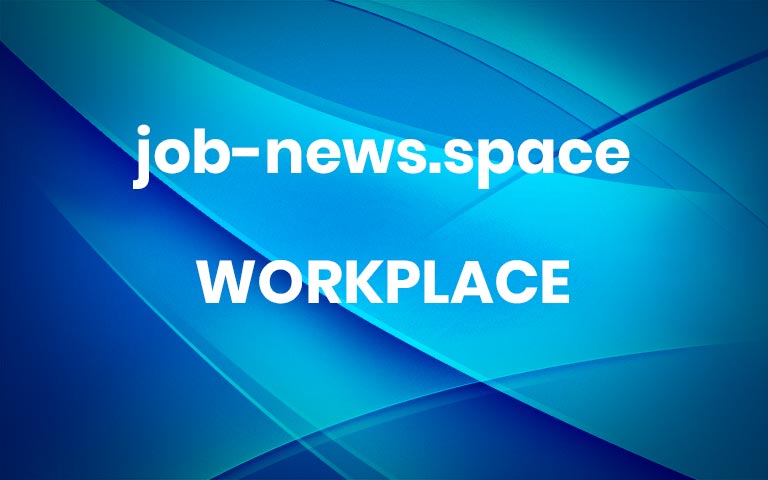The Recruiter’s Guide to Prompt Engineering: Sourcing, Screening, and Engaging Candidates with ChatGPT-4o
Recruiting is tougher than ever. You’re juggling dozens of roles, battling for top talent, and trying to personalize communication at scale. It’s exhausting. But what if you had a brilliant, lightning-fast assistant to handle the heavy lifting? Meet ChatGPT-4o, your new secret weapon from OpenAI. This guide will teach you the art of prompt engineering—how to ask the AI the right questions to get game-changing results in your sourcing, screening, and engagement efforts.
What is Prompt Engineering?
Think of prompt engineering as giving crystal-clear instructions to an intern. The more specific and contextual your request (the “prompt”), the better the outcome. Instead of a vague “Find me some candidates,” you’ll learn to craft detailed prompts that make ChatGPT-4o a true extension of your recruiting expertise.
The core principles are simple:
Be Specific: Who is your audience? What is the goal?
Provide Context: Give it background information, like the company culture, role seniority, and key challenges.
Define the Format: Do you want a bulleted list, a formal email, or a casual social media post? Tell it!
Iterate: Your first prompt might not be perfect. Tweak it and try again.
Part 1: Supercharge Your Sourcing sourcing
Stop staring at a blank screen. Use ChatGPT-4o to build your pipeline faster and more effectively.
Crafting Elite Boolean Search Strings
Boolean searches are powerful but tedious to write. Let the AI do it for you.
Simple Prompt: “Create a Boolean search string for a Senior Java Developer in London with experience in AWS and Spring Boot.”
Advanced Prompt: “Act as a tech recruiter specializing in FinTech. Generate three variations of a Boolean search string for LinkedIn Recruiter to find a ‘Lead Software Engineer’ in London. The ideal candidate must have experience with microservices architecture, Kafka, and Kubernetes. They should have worked at a startup or a high-growth tech company. Exclude candidates from large investment banks like Goldman Sachs or JP Morgan. Provide one short string and two comprehensive ones.”
Writing Job Descriptions That Convert
A boring job description attracts boring candidates. Use ChatGPT-4o to inject some life into your ads. 📝
Simple Prompt: “Write a job description for a Marketing Manager role at a B2B SaaS company.”
Advanced Prompt: “Act as a world-class copywriter. Write a compelling and inclusive job description for a ‘Product Designer’ role at a remote-first company focused on sustainability. The tone should be energetic, mission-driven, and slightly informal. Highlight our commitment to work-life balance and professional development. Structure it with these sections: ‘Your Mission,’ ‘What You’ll Do,’ ‘What You’ll Bring,’ and ‘Why You’ll Love It Here.’ End with a clear call to action.”
Identifying Niche Sourcing Channels
Where do the best candidates hang out? Ask the expert.
Prompt: “I’m looking for a ‘Head of Data Science’ with experience in the renewable energy sector. Beyond LinkedIn, what are five niche online communities, blogs, or newsletters where I could find and engage with these professionals?”
Part 2: Streamline Your Screening 🕵️♀️
Cut down on manual review and focus on the candidates who matter most. Disclaimer: Always use AI as a co-pilot. Human oversight is crucial for fairness and to avoid bias.
Developing Killer Screening Questions
Move beyond “Tell me about yourself.” Get to the core of a candidate’s skills and experience.
Prompt: “I’m hiring a ‘Sales Development Representative (SDR)’ for a tech startup. Generate five behavioral screening questions to assess resilience, coachability, and prospecting skills. For each question, explain what a good answer would sound like.”
Creating Resume Summaries
Quickly get the gist of a candidate’s profile without reading every single word.
Prompt: “Summarize the attached resume into a 100-word paragraph. Focus on the candidate’s experience with project management methodologies, team leadership, and budget oversight. Highlight their key achievements and quantify them where possible.”(Note: Be mindful of data privacy. Use anonymized resumes or copy-paste text without personal identifiers.)
Building Interview Scorecards
Standardize your interview process and reduce bias with a clear evaluation framework.
Prompt: “Create an interview scorecard for a ‘Customer Success Manager’ role. The key competencies are: Client Relationship Management, Problem-Solving, Product Knowledge, and Communication. For each competency, create a 1-5 rating scale and provide a brief description of what defines a poor (1), average (3), and excellent (5) performance.”
Part 3: Master Candidate Engagement 💬
First impressions count. Craft personalized and memorable outreach that gets replies.
Writing Personalized Outreach Messages
No more generic templates! Personalization is key.
Simple Prompt: “Write a short LinkedIn connection request to a software engineer for a job opportunity.”
Advanced Prompt: “Act as a friendly and professional tech recruiter. I want to contact a potential candidate named Sarah, who is a Senior UX Designer at Spotify. I saw her recent blog post about ‘Designing for Accessibility.’ Write a 150-word LinkedIn InMail message that:
References her specific blog post and compliments it.
Briefly introduces my company (a health-tech startup called ‘WellFit’).
Connects her passion for accessibility to a project we’re working on.
Ends with a low-pressure call to action for a brief chat.The tone should be respectful of her time and genuine.”
Crafting Follow-Up Sequences
Stay top-of-mind without being annoying.
Prompt: “Create a 3-email follow-up sequence for a candidate who has not responded to my initial outreach. The tone should be persistent but not pushy. The first follow-up should be 3 days after the initial message, the second 5 days after that. The final email should be a ‘breakup’ email that politely closes the loop.”
Generating Social Media Content
Build your personal brand and attract inbound talent.
Prompt: “Generate five engaging LinkedIn post ideas for a recruiter trying to attract passive talent. The topics should be about career advice, interview tips, and industry trends. For each idea, write a catchy hook and suggest a relevant visual (e.g., poll, image, short video).”
By mastering prompt engineering, you can transform ChatGPT-4o from a fun novelty into an indispensable recruiting partner. You’ll save time, improve the quality of your work, and ultimately, make better hires. Start experimenting today and watch your productivity soar. 🚀
Share this post: More



